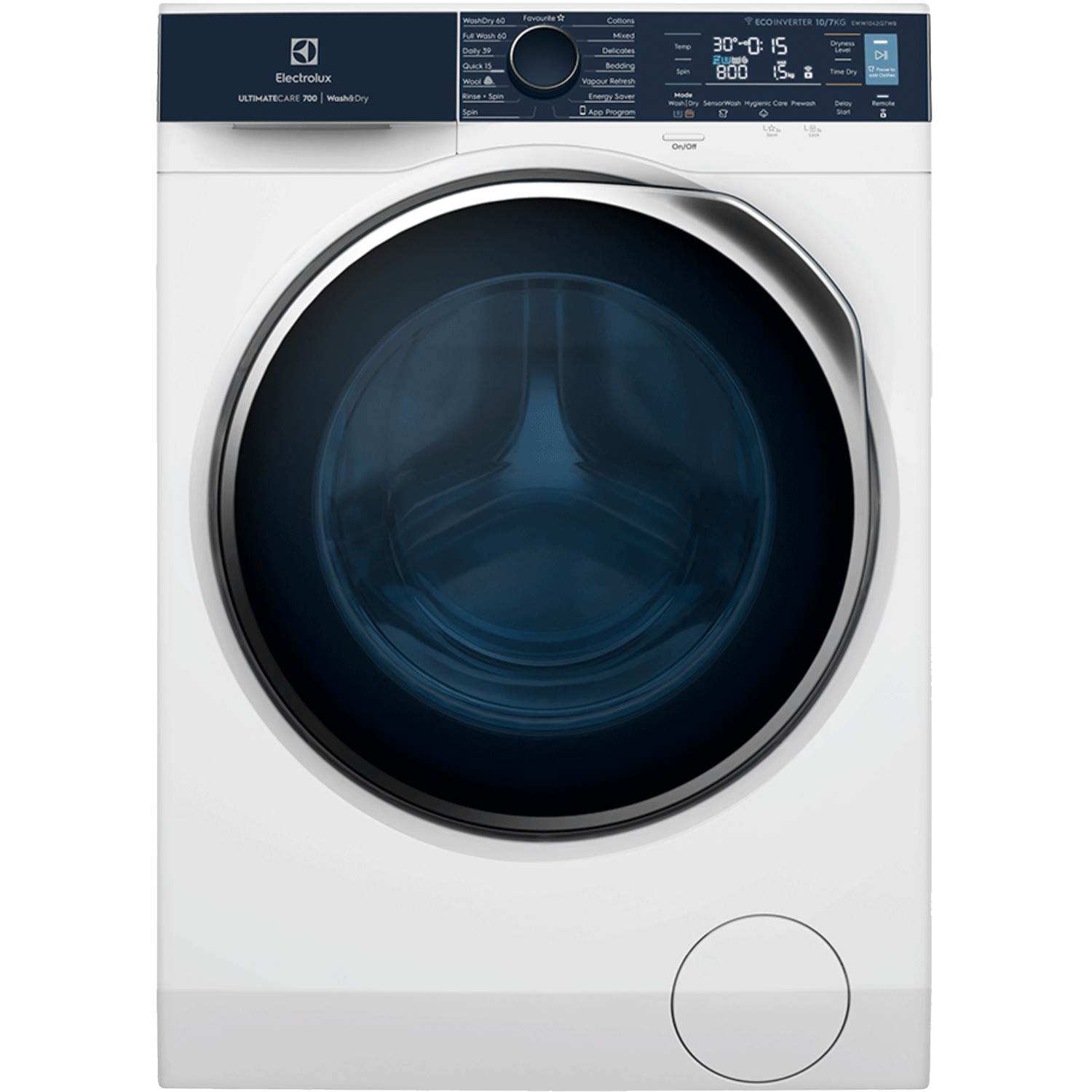Recently, I decided to pick up a Rubix Cube my kids brought from the in-law’s house. Apparently the cube is older than I am and for years I’ve wondered if I could ever solve a Rubix cube.
That curiosity and apart from seeing my kids play with it and not solving it sparked my interest, taking it into a weekend project of my own.
So as I picked up the Rubix cube, after a number of hours and tries, I found myself failing to solve it. While I was able to solve Stage 2 out of the 7 stages, I followed everything to the T and still failed.
I decided to hop on to Shopee to buy 2 Rubix cubes as the current one was hard to move and after using an app to analyze the cube, somehow the stickers are mis-matched.
My new cubes arrived rather quickly and, I went on to YouTube, Google and my rabbit hole began.

With so many content creator’s showing their own “algorithms” as they call it, from sellers to official guides, the world of Rubix unleashed. I went on to search for guides and even ended up reading University research papers.
Given that I had limited time and I needed to be efficient, I decided to find algorithms that I can remember and only practiced a couple until I could get it all.
All in all, it took me about 3 days of practice, on and off whenever I had the time to solve the cube.
The whole process involved trying algorithms that were confusing, finding new algorithms that I can remember and replacing whichever that was bad to simpler.
Given that I’m a complete newbie, I underestimated the amount of time it takes to learn something new but as I am well-versed with creating systems to increase the chance of success, I took it upon myself to piece a few of the best algorithms from a couple of YouTube videos and made it my own system.
Having an end goal compared with a system makes the process faster, more palatable even when times get tough.
Well, this blog post isn’t going to be about solving a Rubix’s cube (for the record I was only able to solve it in 6 minutes while I’m mind-blown that 3 year old kids have solved it in seconds.)
That aside, more so than ever as the blog title is above learning curves, I’d like to explore how we look at problems in business?
From underestimating the learning curve of implementing and execution, from theory to practical moves.
Yet with people that I meet, they come with great ideas but when it comes to realistic execution, their learning curve will be a big mountain to climb.
It certainly depends on a mix of experience, capability, skills acquired and readiness to perform.
From my personal experience, executing good-enough ideas quickly have yielded better results than overthinking and taking months to figure out something then only execute.
There are book titles like: ready fire aim vs ready aim fire.
There’s no perfect time, perfect planning or perfect execution.
Only action and getting it out there makes the game happen.
More often than not, that’s the spark needed for a boost in momentum giving a person enough data to determine whether something is worth doing or then pivoting when required.
But will a person’s learning curve deter them from progressing?
Possibly. A lack of information is the cause for a lack of progress in anything in life.
This is the reason why a Rubix cube is often times just an unsolved toy left in the dusty shelves.
Fact is only 5.8% of the world’s population really care enough to complete the puzzle and the fact that 450 Million UNITS of Rubix cubes have been sold world-wide.
This statistic is a shocker and yet it is not surprising as most people do not take action or take the first step and or are determined enough to complete those steps.
These numbers could apply to any number of things that happen in life.
But another number is true, why do most people prefer to watch a lot of YouTube, which I covered in my other blog post here: https://elihong.com/consumer-vs-creator/
I help educators, experts and business owners create profitable offers that sell online and offline using a proven process and system that I’ve painstakingly refined for hours on end.
Marketing is a lot simpler with the right offer to the market.
I’m regularly running online and offline events, previews for clients, and have refined this system to near perfection.
It’s super hard work and at the end of the day, nothing replaces hard work despite what is being preached out there in the market.
This is a fallacy and if it is so, then why Elon Musk works so hard running so many companies and is the richest man on the planet?
He would be tweeting (he’d probably be doing it now that he’s the Chief Twit Officer) on the beach, sipping cocktails all day long.
I choose to be smart about work, creating processes and systems and making sure that those things are in place so that there’s a higher chance of winning in the game of business and in life.









